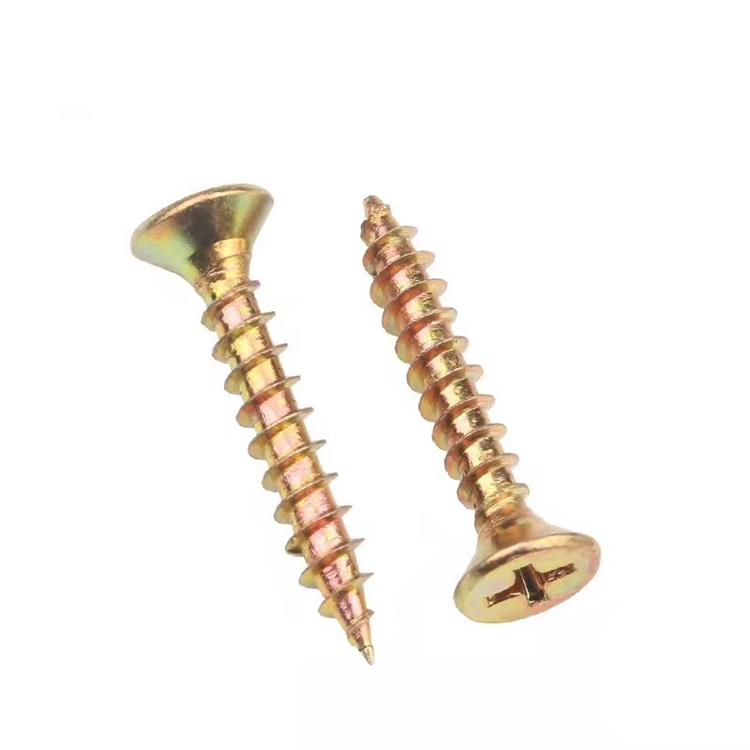m1 screws
Sep . 14, 2024 16:35 Back to list
m1 screws
Understanding M1 Screws A Comprehensive Guide
M1 screws are a critical component in various industries and applications, known for their precision, versatility, and reliability. Despite their small size, these screws play a significant role in ensuring the stability and functionality of numerous products. In this article, we will delve into the characteristics, applications, and importance of M1 screws in modern engineering and manufacturing.
What is an M1 Screw?
The designation M1 refers to a specific size and type of metric screw, characterized by its nominal diameter of 1 millimeter. M1 screws are part of the ISO metric screw thread system, which is widely used around the world due to its standardized dimensions and ease of use in conjunction with other metric components.
Typically, M1 screws are produced in various lengths and can be made from a variety of materials, including stainless steel, brass, and plastic. The choice of material often depends on the application requirements, such as corrosion resistance, strength, or weight considerations.
Characteristics of M1 Screws
One of the standout features of M1 screws is their petite size, making them particularly useful in applications where space is limited. They are often available in different head styles, such as pan, flat, and hex, allowing designers to choose the most suitable option for their specific needs. The threading on M1 screws is designed to create a strong grip, ensuring that the components they fasten remain securely in place.
m1 screws

Additionally, M1 screws can be treated or coated to enhance their durability and resistance to environmental factors, making them suitable for both indoor and outdoor applications. This versatility contributes to their widespread usage across various sectors.
Applications of M1 Screws
M1 screws find applications in numerous fields, including electronics, automotive, and general manufacturing. In the electronics industry, they are frequently used to secure components such as circuit boards, connectors, and housings. Their small size and precise threading make them ideal for tasks where larger screws would be unwieldy or damaging to delicate components.
In the automotive sector, M1 screws are used in assembling small parts of vehicles, such as electronic control units and lightweight assemblies. Their strength and reliability make them vital for maintaining the safety and functionality of automotive components.
Moreover, M1 screws are also increasingly used in the production of consumer products, including toys, appliances, and gadgets. As manufacturers strive for compact designs, the demand for small yet strong fastening solutions like M1 screws continues to grow.
Conclusion
In summary, M1 screws may be small, but their impact on various industries is substantial. Their versatility, reliability, and range of applications make them indispensable in modern manufacturing and engineering. As technology advances and products become more compact and complex, the importance of M1 screws will only continue to rise. Understanding their characteristics and applications is essential for anyone involved in design and production, as these tiny fasteners play a crucial role in the functionality and integrity of countless devices and structures.
Latest news
-
Premium Phosphated Drywall Screws Supplier | Durable, Rust-Resistant
NewsAug.27,2025
-
Reliable Wire Bolts Suppliers | Quality Zinc Plated Fasteners
NewsAug.26,2025
-
Wire Bolts Suppliers: Durable & Reliable Fasteners for Every Project
NewsAug.25,2025
-
Premium Cabinet Bolts Supplier | Wholesale & Custom Solutions
NewsAug.24,2025
-
Reliable Axle Nuts Supplier | Quality & Precision Fasteners
NewsAug.23,2025
-
Durable Bolts for Lawn Mower Handle - Top Supplier & Manufacturer
NewsAug.22,2025
